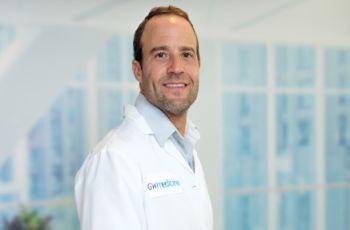The combination of photothermal and epigenetic therapies may help to maximize the therapeutic benefits for melanoma, and possibly other tumors, according to researchers from the George Washington University (GW) School of Medicine and Health Sciences (SMHS).
The findings were published by PhD candidate Debbie Ledezma and other members of SMHS and the GW Cancer Center in the journal Nanomaterials. Melanoma accounted for more than 7,000 deaths in the United States in 2019, according to the paper’s authors. The five-year relative survival is 98.7% for localized melanoma, but survival for patients with regional and metastatic melanoma drops to 64.7% and 24.8%, respectively.
For the study, the researchers used poly (lactic-co-glycolic) acid (PLGA) nanoparticles to co-encapsulate and administer photothermal therapy (PTT) and epigenetic therapy as a novel combination treatment for melanoma. PLGA is a Food and Drug Administration-approved copolymer used to deliver drug combinations.
Nanoparticles are especially suited to develop localized interventions because they can be used to package and deliver therapeutic agents, according to the research. “These properties make PLGA an excellent candidate for applications involving the controlled release of encapsulated agents," the researchers write.
In addition, because melanoma is present on the skin, it is primed for localized interventions that can elicit an antitumor response, “which can improve the prognosis for patients with regional and metastatic disease," according to the paper.
Future studies to assess the immune response elicited by each therapy alone and in combination will improve knowledge of the antitumor effects of the combined photothermal-epigenetic therapy to maximize their benefits, the authors conclude.
The abstract for the paper, “Indocyanine Green-Nexturastat A-PLGA Nanoparticles Combine Photothermal and Epigenetic Therapy for Melanoma," published in Nanomaterials, can be viewed at, https://www.ncbi.nlm.nih.gov/pubmed/31963449.



